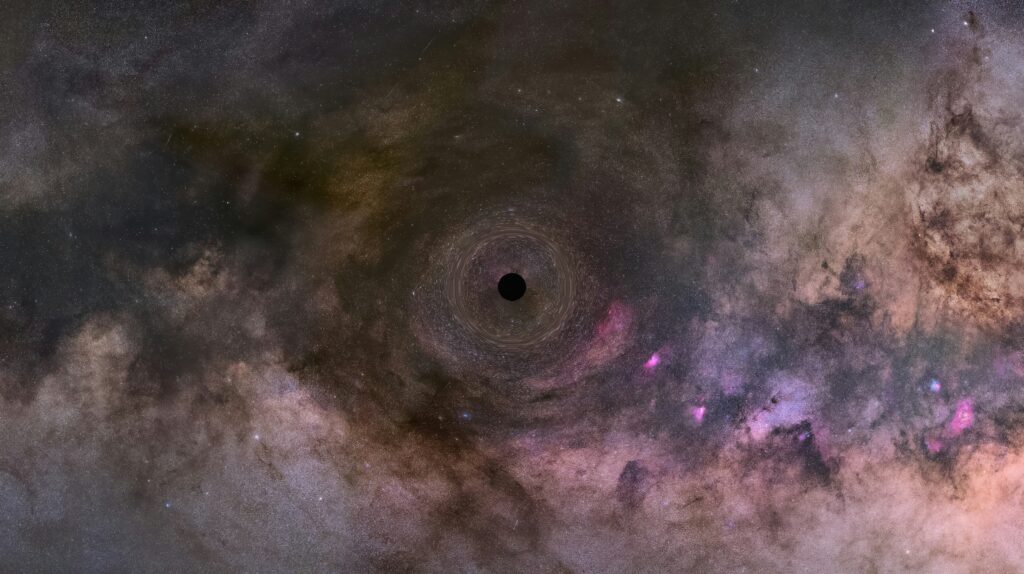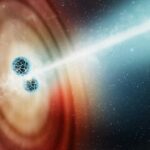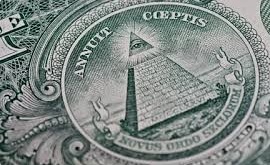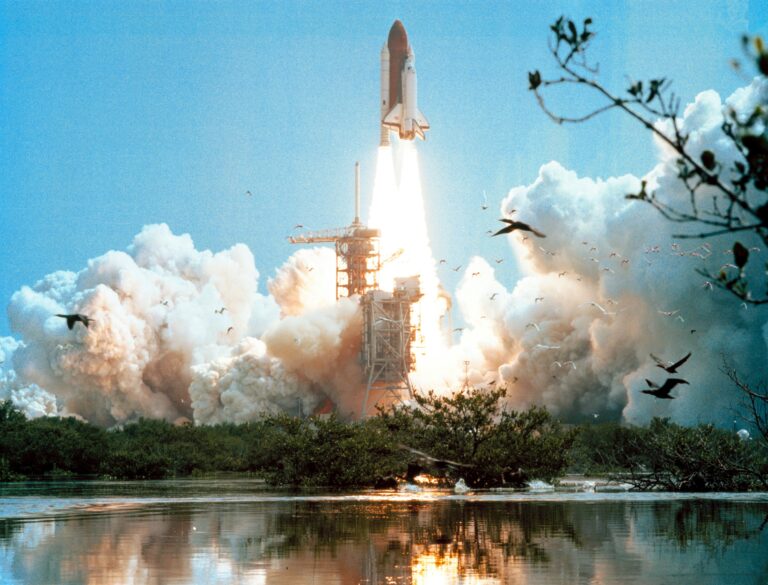
Disclaimer
This article explores the theoretical aspects of wormholes, a concept rooted in Einstein’s theory of General Relativity. While wormholes are a fascinating subject of scientific inquiry, it’s important to note that they remain hypothetical constructs with no experimental evidence to confirm their existence. Research is ongoing, and our understanding of these phenomena may evolve with future discoveries. Readers are encouraged to consult reputable scientific sources for the latest findings.
1. Introduction: The Cosmic Shortcut
Imagine a tunnel that connects two distant points in the universe, allowing for instantaneous travel across vast cosmic distances. This is the tantalizing possibility offered by wormholes—hypothetical passages through space-time that could revolutionize our understanding of the cosmos. While they have long been a staple of science fiction, wormholes are grounded in the equations of General Relativity, presenting intriguing possibilities and formidable challenges.
2. What Exactly is a Wormhole?
The Paper Analogy
To visualize a wormhole, consider space-time as a two-dimensional sheet of paper. If you mark two points on opposite ends of the sheet, the shortest path between them is along the surface. However, if you fold the paper so that the two points align and then pierce a hole through them, you’ve created a shortcut—a wormhole—that connects these distant points directly.
General Relativity Connection
Wormholes emerge as solutions to Einstein’s field equations in General Relativity, which describes how mass and energy warp the fabric of space-time. These solutions suggest the possibility of “bridges” or “tunnels” that connect separate points in space and time, potentially allowing for shortcuts through the universe.
3. Types of Wormholes
Einstein-Rosen Bridges (Schwarzschild Wormholes)
First proposed by Albert Einstein and Nathan Rosen in 1935, these wormholes, also known as Einstein-Rosen bridges, are theoretical constructs that connect two separate points in space-time. However, they are non-traversable, meaning that they would collapse too quickly for anything to pass through them.
Traversable Wormholes (Lorentzian Wormholes)
In the 1980s, physicist Kip Thorne and his colleagues explored the concept of traversable wormholes—structures that could, in theory, allow matter to pass through safely. These wormholes would require “exotic matter” with negative energy density to remain open and stable, a substance that has not been observed in nature and remains purely hypothetical.
4. Wormholes and Time Travel
The idea of using wormholes for time travel arises from their potential to connect different points in time as well as space. If one end of a wormhole experiences time dilation (a difference in the passage of time due to relative speeds or gravitational fields), it could, in theory, allow for travel into the past or future. However, this leads to paradoxes, such as the “grandfather paradox,” and remains a highly speculative area of physics.
5. Science Fiction vs. Scientific Reality
In science fiction, wormholes are often depicted as stable, traversable tunnels that enable instant travel across the universe. In reality, the existence of wormholes is purely theoretical, and their stability would require conditions—such as the presence of exotic matter—that have not been observed. While they provide a rich framework for storytelling, the scientific feasibility of wormholes remains unproven.
6. Are Wormholes Real? Current Status & Research
To date, there is no experimental evidence confirming the existence of wormholes. They remain mathematical solutions within the framework of General Relativity. Some researchers have proposed methods to detect wormholes, such as observing gravitational lensing effects that differ from those caused by black holes. However, these ideas are speculative, and the search for wormholes continues to be a topic of theoretical research.
7. Conclusion: A Bridge to the Unknown
Wormholes captivate our imagination by offering the possibility of shortcuts through space and time. While they remain hypothetical constructs within the realm of theoretical physics, they challenge our understanding of the universe and inspire ongoing research into the fundamental nature of reality. As our knowledge of physics advances, the mysteries of wormholes may one day be unraveled.
About the Author
Priya is a science writer passionate about unraveling the mysteries of the cosmos. He enjoys exploring topics ranging from quantum physics to the grand structures of the universe, aiming to make complex scientific concepts accessible to all readers.
Further Reading & References
- NASA: Wormholes
- Scientific American: Wormhole Tunnels in Spacetime May Be Possible
- Quanta Magazine: Physicists Create a Wormhole Using a Quantum Computer
- Space.com: The Hunt for Wormholes









